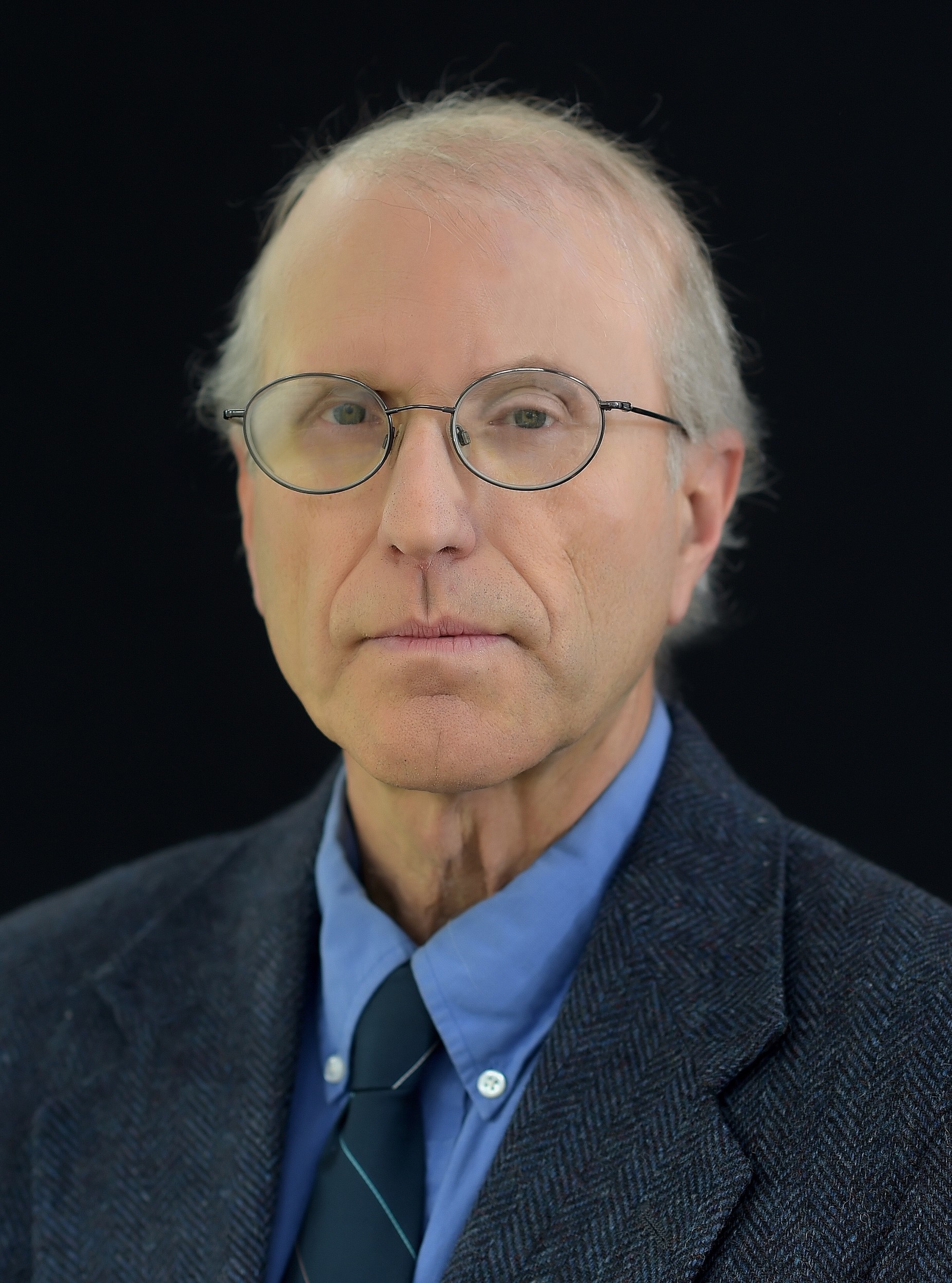What went wrong in O.B. — and how do we fix it?
Third in a series of four columns by Friends of the Bay.
So how did we get to this point? This isn’t an exercise in placing blame. It would be impossible to assign blame when the system that allowed this situation to develop has been in place for generations. But to find solutions, we need to understand how we got here.
When Dutch settlers first arrived in the 17th century, they named our harbor and the adjacent community Oyster Bay because of the overwhelming abundance of the shellfish. As the human population grew over the following centuries, so did the demand for oysters. Oystermen pulled more and more of the bivalves from the bay, using tongs to yank them from the reefs until there were no longer any reefs.
No portion of the bay was untouched. And to this day, no portion of the harbor is permanently protected from commercial harvesting.
In the early 19th century, the Town of Oyster Bay began leasing parcels of bay bottom to baymen, and over the years these leases were consolidated into fewer and fewer hands. In the early 1960s, Frank M. Flower and Sons began operating a shellfish hatchery on Mill Neck Creek to seed the leased grounds that were no longer producing the number of shellfish they once did. Eventually, Flower was the last company standing.
From that point to the present, the bay has been effectively divided between two commercial interests. Nearly 2,000 acres have been leased to Flower, while the remainder of the bay is “public,” open to anyone with a shellfish license.
No area was ever set aside to ensure the sustainability of the shellfish population and the ecological benefits it can provide. Areas with clean water are “certified” by the state to be open for harvest year-round; “conditionally certified” areas are periodically open when the water quality is deemed safe; and “uncertified” areas, with poor water quality, are subject to periodic openings for “relay harvesting,” when shellfish are removed and relocated to certified areas until they are clean enough to re-harvest for market.
At this point, despite honorable intentions, even areas recently set aside by the town as “conservation management areas” are not permanently protected from harvesting. Over the years, efforts to have meaningful portions of bay bottom set aside as shellfish sanctuaries were unsuccessful. There were no unclaimed areas set aside for this purpose.
The consequence of the current system is that no portion of our bay was allowed to recover from harvesting, let alone mature into a fully functioning ecosystem essential for a healthy estuary. Even the leased areas that were seeded with the density needed for water filtration and spawning capacity were harvested well before reaching their full potential.
Since the closing of Flower’s hatchery in 2019, these areas are being stripped of market-sized shellfish with devastating efficiency while nothing is being put back. It is uncertain if there will be enough areas left in the bay with the numbers and density of clams to produce enough spawn to repopulate the bay. It is all but certain that there will not be enough oysters.
While this sounds bleak, there is reason for optimism. We may soon have a chance for our last best hope. All indications are that the Flower lease will not be renewed when it expires in September. This provides an opportunity to implement, for the first time in the history of Oyster Bay, a management plan that prioritizes the health of the bay above all else. There would be an opportunity to set aside substantial parcels of the bay as shellfish sanctuaries while still increasing certified areas open to commercial and recreational harvest.
Since the closing of the hatchery, Friends of the Bay has been working with the town, and has enlisted experts and other organizations to develop a vision for Oyster Bay that benefits all. We are advocating an ambitious plan that makes the health of the bay a top priority rather than an afterthought.
In our next column we will discuss this plan and the many positive developments already in place. Now we just need the will and the means to put it all in motion.
Bill Bleyer is president of Friends of the Bay.






